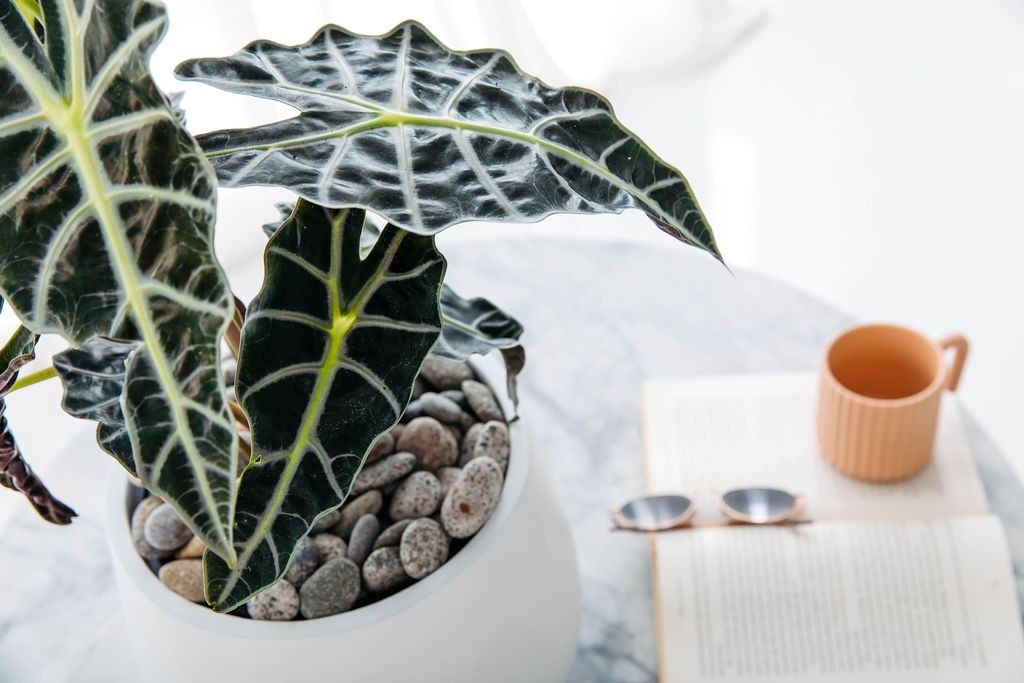Looking for unique office plants to liven up your workspace? From the Philo fat boy to the Tractor seat plant, occasionally clients will approach us asking for something “a little bit different” for their interior landscape.
Uncommon, but not high maintenance unique office plants
Outside of our regular “go-to” indoor plants for the Queensland climate, we are proud to work with a range of excellent local nurseries that grow some amazing and unusual office plants.
However, we are always careful to ground our design decisions in reality. That is: plant quality, ease of care, and environmental tolerance. This is why our bespoke offering is so important, because every office or workspace has its own unique set of environmental conditions. Which can be make or break in a thriving versus dead plantscape.
From lighting, humidity, plant and pot size to watering needs and proximity to air conditioning or heating. Rarer plants are often more expensive and have higher maintenance needs. Therefore, to offer them to a client to simply have them wilting or dead by the next service is something we avoid at all costs. As it defeats the purpose of having thriving, aesthetic greenery to enjoy.
So with this in mind, we’ve compiled a list of nine unique office plants available for long term hire. All with low to medium care needs.
1. Ficus Umbellata
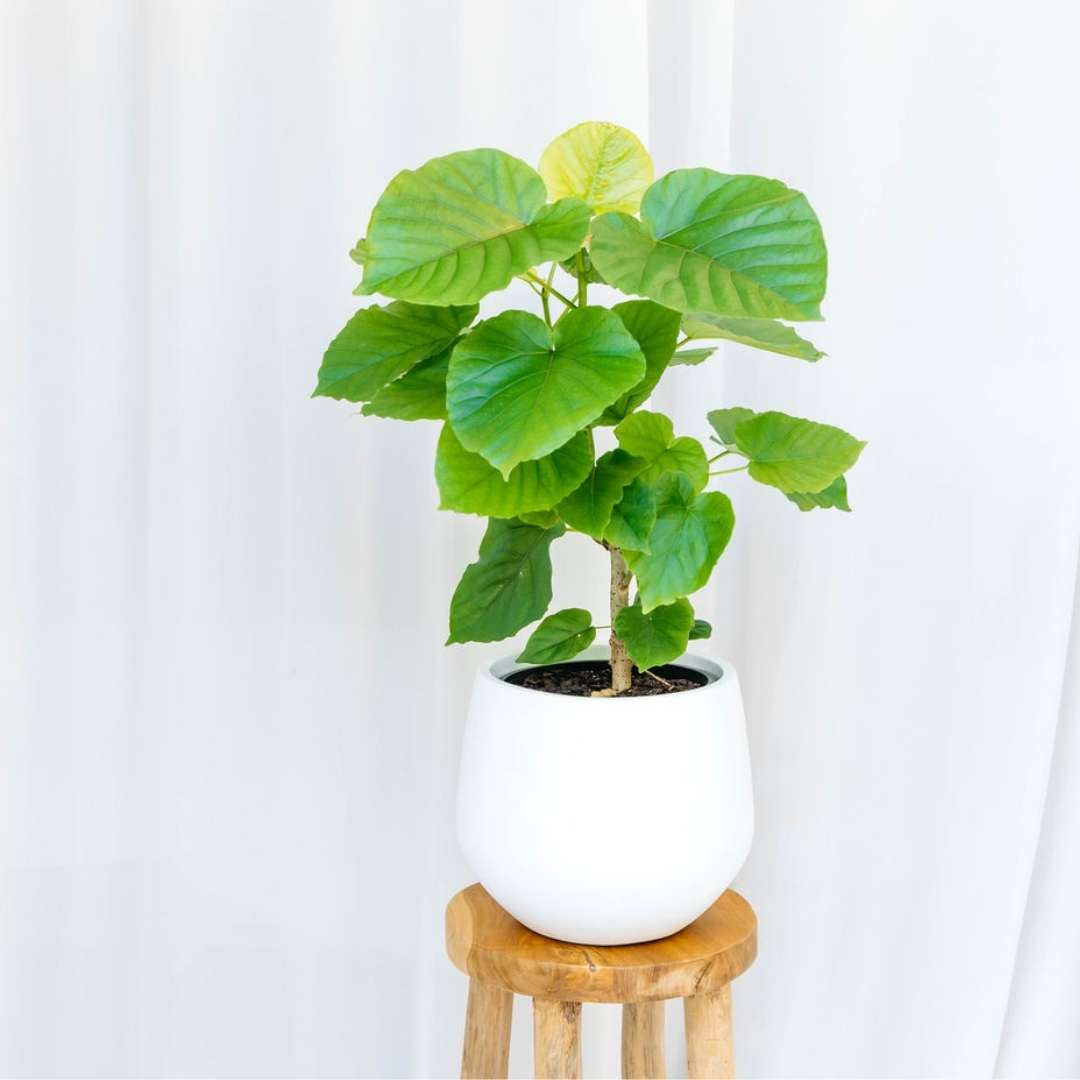
Origin: West Africa
Aesthetic: Heart shaped leaves with thin stems
Fun fact: Forecasted “it” plant for 2022
Ideal temperature range: 18-29°C
Lighting needs: Bright light, close to a window
Watering needs: 7-10 days
2. Alocasia Amazonica
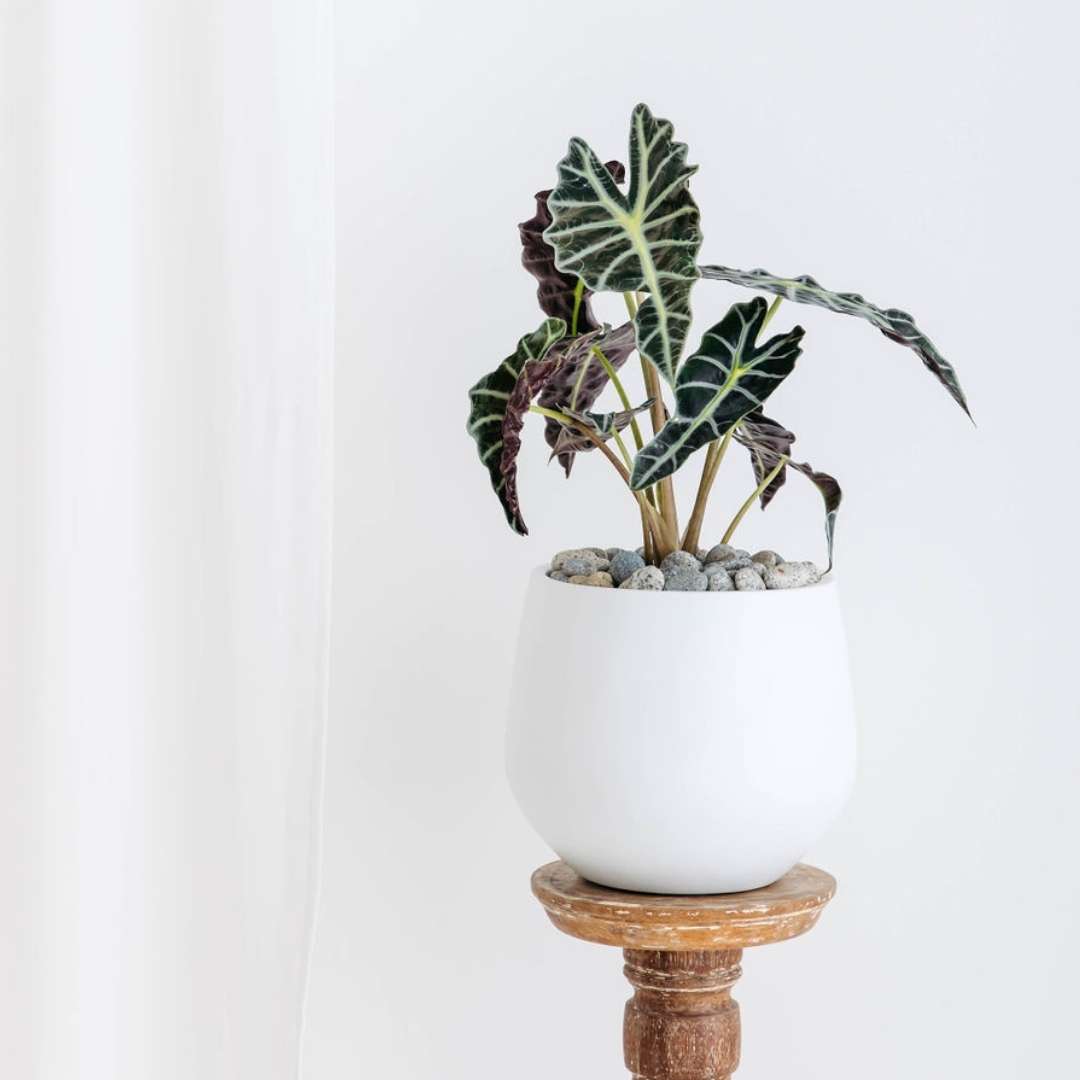
Origin: Tropical Asia
Aesthetic: Dark green, narrowly-shaped, wavy-edged leaves
Fun fact: Also known as Alocasia Polly, African Mask and Elephant Ear
Ideal temperature range: 18-27°C
Lighting needs: Bright, indirect light
Watering needs: Weekly in Summer, 7-10 days in Winter
3. Ligularia Reniformis (Tractor Seat Plant)
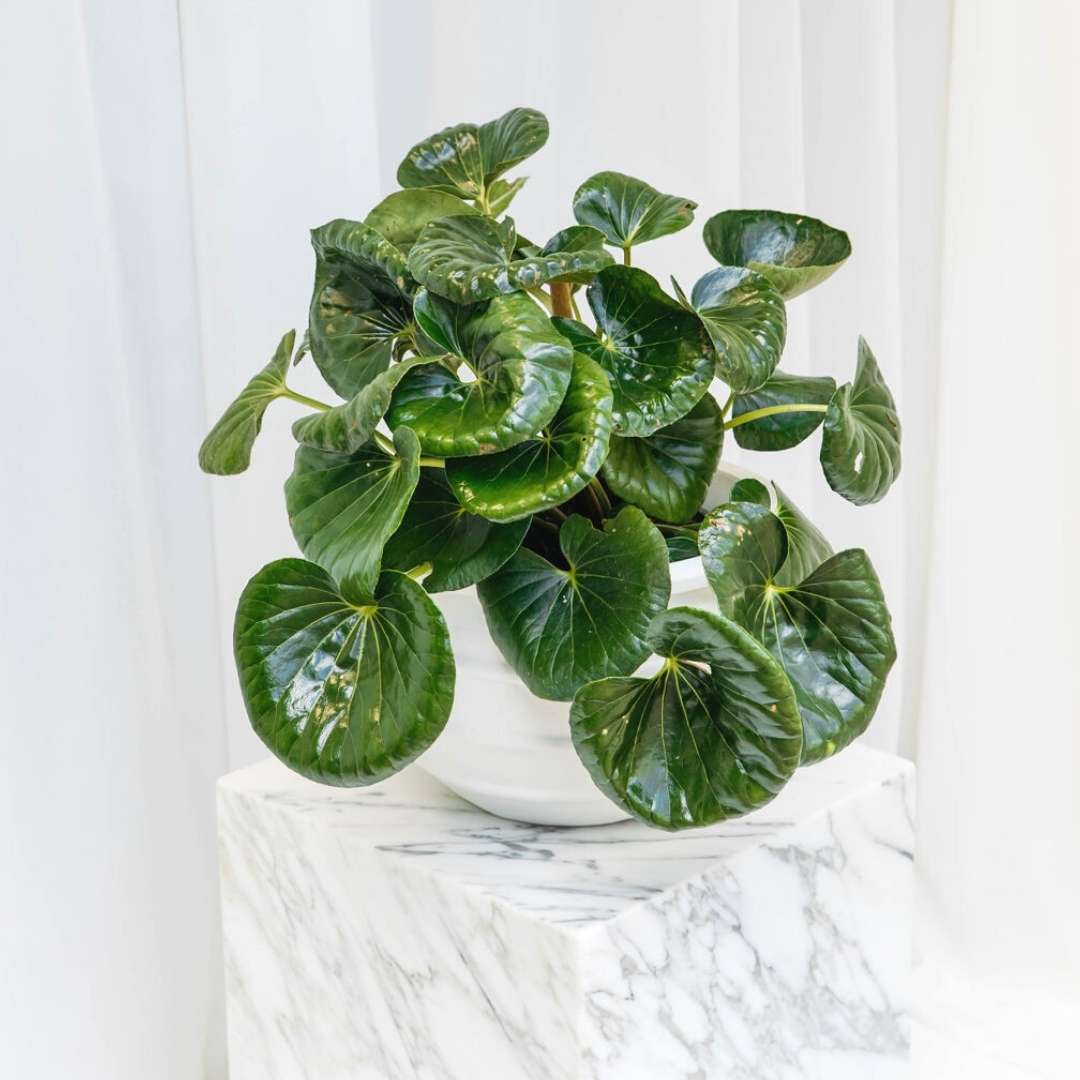
Origin: Japan
Aesthetic: Large round glossy leaves
Fun fact: Also known as leopard plant or green leopard plant
Ideal temperature range: Room temperature
Lighting needs: Bright filtered light
Watering needs: 7-10 days
4. Philodendron Martianum (Fat Boy)

Origin: South-eastern Brazil
Aesthetic: Fat, chunky stems with glossy green leaves
Fun fact: Can reach up to 1m tall
Ideal temperature range: 20-22°C
Lighting needs: Filtered sunlight
Watering needs: Weekly
5. Columnea Gloriosa (Goldfish Plant)
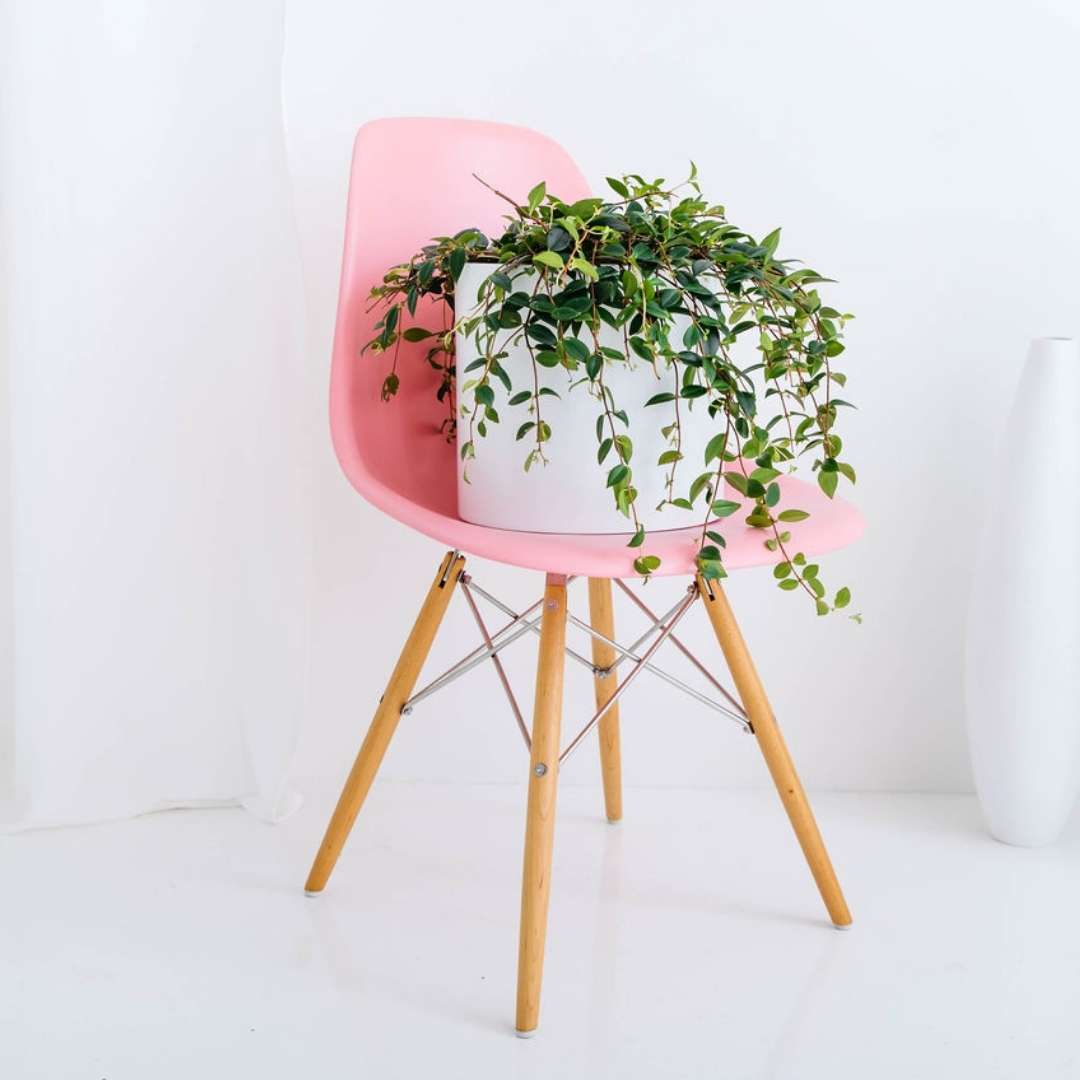
Origin: Central and South America and the Caribbean
Aesthetic: Trailing plant with fish-shaped blooms
Fun fact: Produces long, tubular orange and red flowers that look like goldfish
Ideal temperature range: 18-24°C
Lighting needs: Bright, indirect light
Watering needs: Weekly in Spring/Summer, every 2-3 weeks in Autumn/Winter
6. Kangaroo Fern
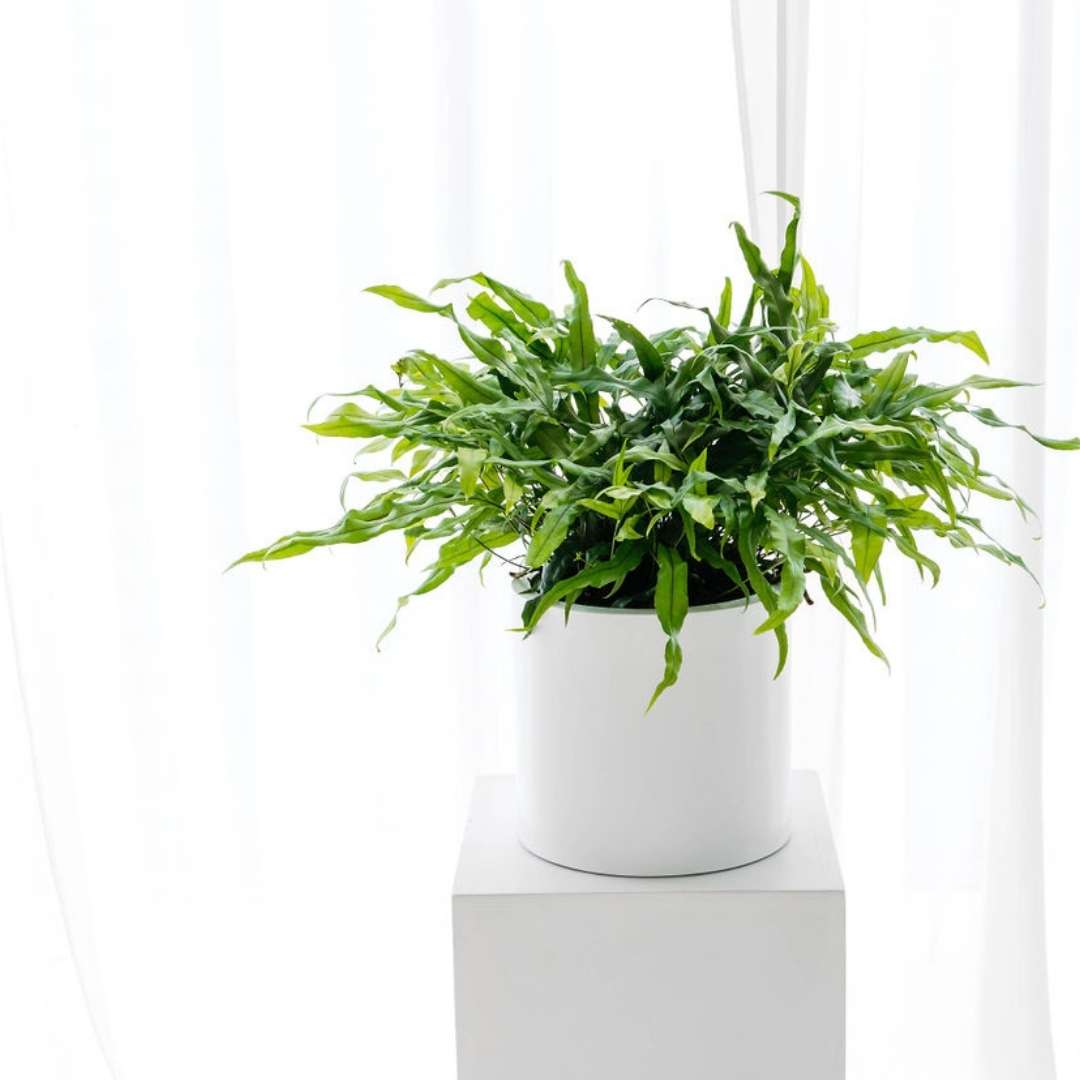
Origin: Australia and New Zealand
Aesthetic: Split flossy loved leaves
Fun fact: The “Kangaroo” part of Kangaroo fern refers to their “big feet”
Ideal temperature range: 15–32°C
Lighting needs: Bright, indirect light
Watering needs: Weekly
7. Homalomena (Lemon Glow)
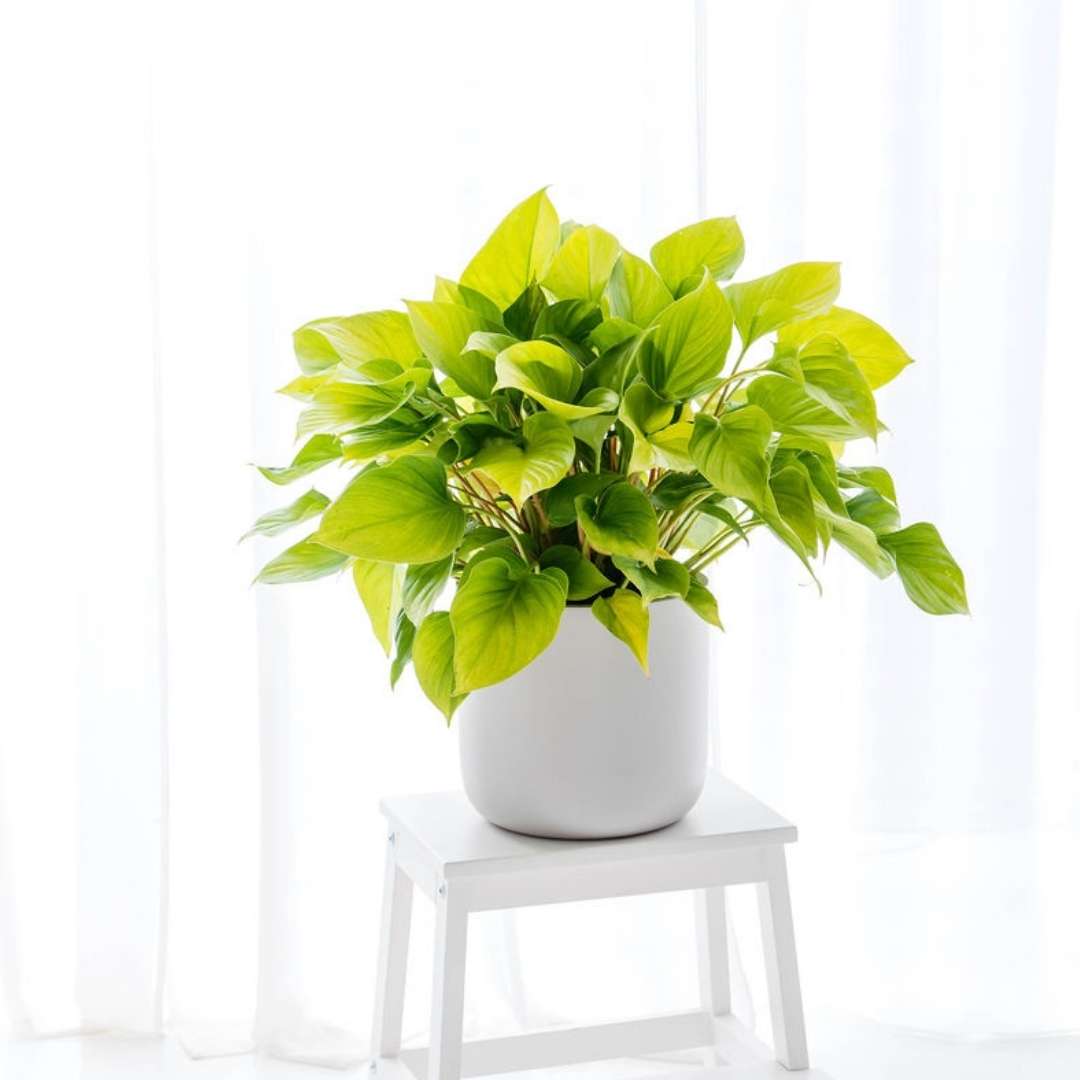
Origin: South-east Asia
Aesthetic: Thick, green spade-shaped leaves
Fun fact: Also known as Queen of Hearts or Shield plant
Ideal temperature range: 18-29°C
Lighting needs: Bright, indirect light
Watering needs: Every 3-4 days in Summer/Spring, once every 8 days in Autumn/Winter
8. Green Flame

Origin: China, Malaysia, Madagascar, India and parts of tropical Africa
Aesthetic: Wavy, upright glossy foliage
Fun fact: Perfect, space saving plant
Ideal temperature range: Room temperature
Lighting needs: Bright, filtered sunlight
Watering needs: Weekly
9. Homalomena (Maggie)

Origin: Assam or Bangladesh, Southern Asia
Aesthetic: Heart-shaped leaves with flowers on spikes near the base
Fun fact: Also known as Queen of Hearts or Shield plant (just as the Homalomena Lemon Glow)
Ideal temperature range: Room temperature
Lighting needs: Medium, indirect light
Watering needs: Weekly
Looking for long term unique office plants for hire in the Brisbane or Gold Coast region? Rent indoor plant and pot combinations from just $25 a week (including maintenance and free plant replacements) or find them at your local nursery.
